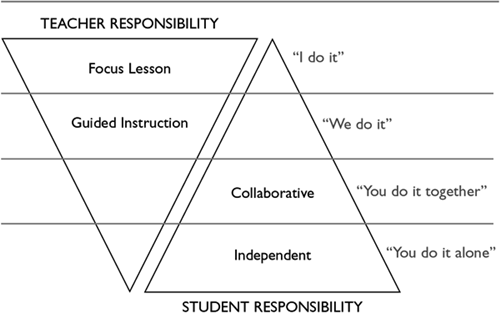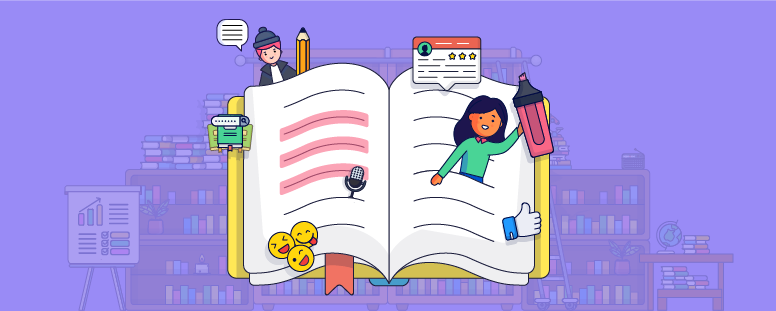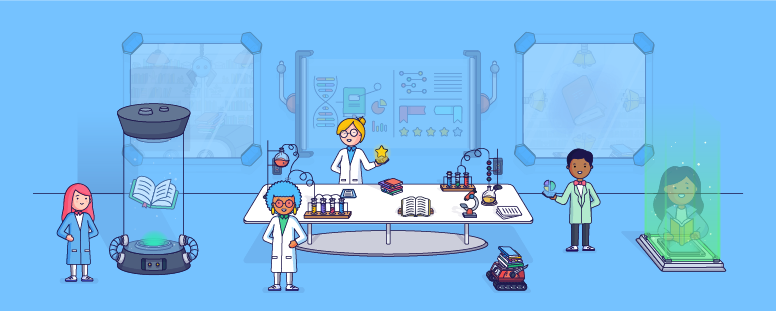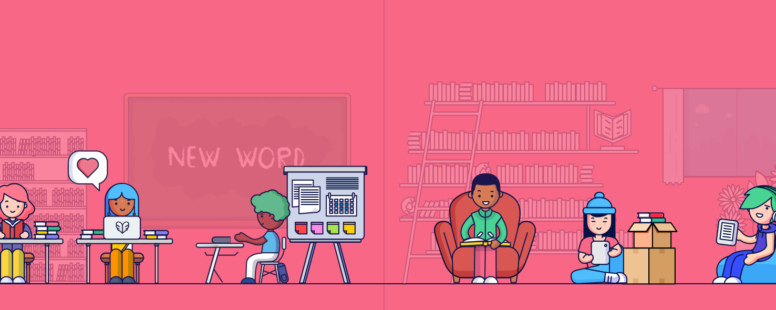One reading app for all learning models – in class, at home, or hybrid
Samantha Reichard/ October 14, 2020/ Back to School, Literacy Coach, Teacher Training/ 0 comments
One reading app for all learning models - in class, at home, or hybrid
Remote teaching and learning has been underway in the U.S. by now. Students are navigating learning management systems and videoconferencing tools while receiving instruction and collaborative assignments. Bitmoji’s have been embedded within landing pages, as teachers modify traditional lesson plans for remote settings and planned ways for students to team together in an untraditional setting. Several school districts are remote-only, even more are in the hybrid mode of some days in-person and other days virtually, and others have made the difficult decision to try 100% in-person learning.
For students to be most successful in our ever-changing learning climate, we must keep as many things constant and consistent as possible. When fully remote students are expected to return to school buildings, ways of keeping the remote parts of our instruction alive while they transition will be paramount to providing stability to all stakeholders. To offset the upcoming challenges of change, we are going to look at how we can maintain remote instruction tools throughout the year, regardless of where learning takes place.
At Glose for Education, our app is being used to keep literature and social collaboration alive when typical libraries and small-group class settings have been socially distanced. When students move from remote to in-person, Glose for Education is a steady companion that comes along wherever students are learning. Glose for Education is the innovative reading and responding tool that folds right into high-quality instruction. With intentional planning, students can receive rigorous instruction through our platform, leading students to growth and proficiency in state learning standards.
Learning Occurs Through Intentional Interactions
When thinking of how one learns, the Gradual Release of Responsibility (GRR) Instructional Framework, explored by Douglas Fisher and Nancy Frey in Better Learning Through Structured Teaching: A Framework for the Gradual Release of Responsibility, is a structure of intentional interactions between content and cognitive load of learners. The GRR Instructional Framework consists of four phases of learning that shifts the responsibility from teacher to the individual. “What is important and necessary for deep learning is that students experience all four phases of learning when encountering new content,” (Fisher & Frey 2013). Using Glose for Education as an intentional support, teachers can easily move learning through the four phases: the ‘Focused Instruction/I Do’, to ‘Guided Instruction/We Do’, then ‘Collaborative Learning/You Do Together’, and eventually to ‘Independent Learning/You Do Alone’.

Gradual Release of Responsibility Framework, Wisconsin DPI
The GRR Instructional Framework of teaching and learning is able to be embedded with the tasks students complete in their Glose for Education classroom. Not only can our Glose for Education app follow students in whichever learning setting is best for them, but it is also a high-quality educational tool when used in conjunction with lesson designing models such as the GRR Instructional Framework.
In-Person Learning
Glose for Education can be used in brick-and-mortar classrooms throughout all components of reading instruction. Students are able to access and dive into personal reading books and class-wide novels on the electronic devices available in the classroom. During the Focused Instruction portion of the GRR, teachers model how they use their literature on Glose to explore daily lesson topics and standards. Students can follow along as the teacher projects their feed onto the smartboard and watch along as the teacher highlights and reacts to important parts of the text, using Glose’s embedded reading tools. Teachers are able to walk through their annotations and model responses to explain the purpose behind the reading strategies to be learned by students.
As teachers begin to release the cognitive load for students, the class can walk through another portion of the text together, with the teacher providing in-person checks for understanding to ensure students are able to begin working collaboratively. Students can then be released to practice the strategy and skill with a partner, with the teacher in close proximity to quickly monitor for group or partner mastery. Finally, students can engage in independent learning of the strategy using their online text by themselves while the teacher uses the data from independent practice to determine teaching effectiveness.
Fully Remote Learning
Glose for Education upholds high levels of learning when students are in remote learning settings. Teachers can continue to have high quality instruction, even if students are completely remote and are only available on videoconferencing. Instead of watching face-to-face teacher Focused Instruction modeling, students can watch teachers live through webcam. After students are involved in the focused instruction of reading strategies and skills, teachers can still incorporate the Guided Instruction. If live on webcam, teachers can elicit student responses to walk through the specific skill or strategy. If pre-recorded, teachers can have videos set up with prompts and appropriate pauses for students to answer to check their own understanding. If, in a setting where a teacher isn’t available, teachers can have a quick CFU open on Glose for students to complete before moving into collaborative groups.
Collaborative groups are held on Glose for Education with student pairs or groups working together through a set of questions or reading segments of a shared text. Teachers provide the groups with a set of questions or tasks and post those on the feed. Students work together by highlighting parts of text that meet the standard of study they are working on, and can respond to each other via comments right into the margins of the text. Finally, students practice the skills on their own by diving into the literature by themselves, and again, have learning assessed by the end of their independent practice time.
Hybrid Learning
Wherever students are learning, Glose follows them to meet their individual needs. Students can use computers, laptops, ipads, and phones to access the app and learn authentically in all four phases of the GRR Instructional Framework. As student learning environments shift this year and beyond, teachers won’t have to worry about switching up reading support tools. Instead, this app supports students in all learning models- in class, at home, and hybrid. So, when it is asked where are we learning today? Students can always respond “on Glose for Education!”

About the Author
Samantha Reichard serves as Lead Real Time Teacher Coach for Center City 1 Learning Community in Charlotte, NC, serving as a mission-critical resource for 29 inner-city and Title I schools in the Charlotte Mecklenburg School District. After graduating from the State University of New York at Fredonia, Samantha began her teaching career at East Union Middle School in Union County, NC as an eighth-grade English language arts teacher. After two years, she moved to Charlotte, NC and served as a sixth- and seventh-grade language arts teacher for five years before becoming a multi-classroom leader and real-time teacher coach. Following that, she worked on expanding the model of Multi-Classroom Leader and Real-Time Teacher Coaching (RTTC) for four years at Ranson IB Middle School.

Integrating Learner Agency
Learner agency happens when students take active command of their learning through deliberate participation in their classroom communities.

Meaningful Engagement With Texts Through Close Reading
Through close reading, written works are examined multiple times for deeper understanding as learners naturally progress into higher levels of knowledge and cognitive processing.

Building Literacy-Rich Environments
Literacy-rich environments focus on students being actively and meaningfully engaged in reading, writing, speaking, and listening with consideration of both digital and written formats.

Glose for Education Announces New Integration with Microsoft Teams
Glose for Education Announces New Integration with Microsoft Teams
